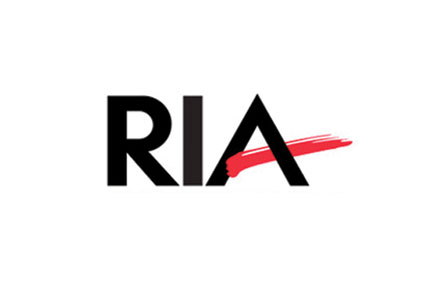RIA Update: An Open Letter to the Industry from RIA President Scott Stamper
RIA president responds to questions, comments from industry regarding recent ThermaPure lawsuit settlement.
 As you might have heard, the Restoration Industry Association (RIA) and ThermaPure, Inc. (TP) have successfully settled the patent lawsuit RIA initiated in January 2013. You might also know the Board of Directors undertook the task of challenging TP’s patent with the goal of protecting RIA members from patent infringement claims. This was done at the request of hundreds of RIA members following an impromptu meeting during the 2012 annual convention in Myrtle Beach, SC. The court-mandated settlement conference produced a mediated agreement signed June 25, 2014. Since that time, other board members and I have received questions and comments from the industry. This letter is to provide more information about the settlement and to advise you of additional action your board is taking to ensure current members, and those that join RIA, are protected in the future.
As you might have heard, the Restoration Industry Association (RIA) and ThermaPure, Inc. (TP) have successfully settled the patent lawsuit RIA initiated in January 2013. You might also know the Board of Directors undertook the task of challenging TP’s patent with the goal of protecting RIA members from patent infringement claims. This was done at the request of hundreds of RIA members following an impromptu meeting during the 2012 annual convention in Myrtle Beach, SC. The court-mandated settlement conference produced a mediated agreement signed June 25, 2014. Since that time, other board members and I have received questions and comments from the industry. This letter is to provide more information about the settlement and to advise you of additional action your board is taking to ensure current members, and those that join RIA, are protected in the future.
For anyone unfamiliar with ThermaPure’s patents, a court found that restoration contractors may infringe TP’s U.S. patent No. 6,327,812 when utilizing temporary mechanical heating equipment for drying, freeze protecting, or any other purpose, when the results are an increase in the indoor ambient temperature. More than 50 restoration contractors have been subpoenaed or sued by TP. Most, if not all contractors, have provided restorative drying services to their customers without making any specific claims related to killing organisms. Clearly, contractors could not continue to operate without protection from infringement and/or allegations of infringement.
The settlement the RIA board negotiated took effect July 8, 2014 and immediately provided ‘safe harbor’ to all RIA member contractors who follow the terms of the agreement. The safe harbor also applies to new members from the date they join RIA. Essentially, as an RIA member you remain in this negotiated safe harbor of patent ‘812 if you:
· Do not mechanically increase indoor ambient temperature above 105?F within your defined structure.
· Measure and record indoor ambient temperatures when utilizing heat generating equipment.
· Maintain and archive job temperature records for two years.
· Do not advertise or make claims of structure heat sanitization.
The agreement is also a framework for establishing industry best practices for the correct application of heat in the structural drying process and gives us all the opportunity to understand TP’s unique use of heat to kill organisms.
It is important to note that our restoration contractor friends who are not RIA members continue to be at risk of subpoenas and lawsuits due to the non-specific elements of U.S. patent ‘812, while RIA members in good standing can now operate without concern for the significant costs related to responding to subpoenas or other costly legal actions. Non-members wishing to join RIA to enjoy the ‘safe harbor’ can do so by visiting www.restorationindustry.org and clicking the large ‘join now’ button on the homepage.
In September, the RIA board will provide written suggestions that will guide members into the full protection that is available under the terms of the agreement and this information will be accessible on the www.restorationindustry.org homepage.
It is my firm belief that this settlement offers the best solution to protecting RIA members from the threat of litigation. Going forward, RIA will be seen by all as a strong voice in support of its members. Join me in supporting the agreement and let’s continue to work together to build RIA into an even better organization of restoration professionals.
All the best,
Scott Stamper, CR
RIA President
Looking for a reprint of this article?
From high-res PDFs to custom plaques, order your copy today!



